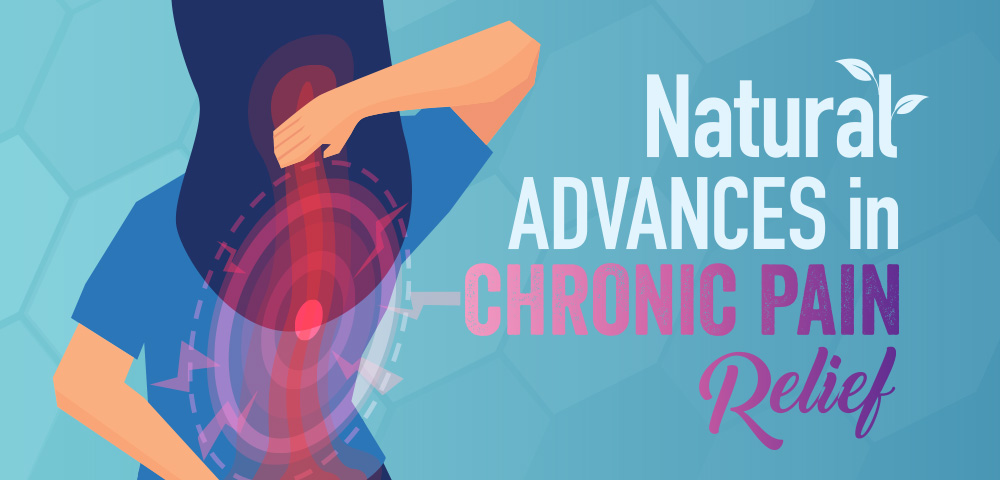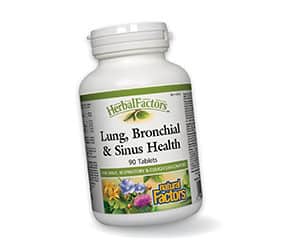
1 in 5 adults experiences pain lasting longer than three months
Pain is the second most common reason for visiting a health care practitioner. In North America, one in five adults currently experiences pain lasting longer than three months, which translates to millions of people living with pain that significantly interferes with their lives. Consequences of chronic pain include changes in work habits and income, sleep patterns, personal relationships, and mood. These invisible consequences can be a harsh reality for many because of the emotional and physical impact it has on quality of life; 23% say they have felt that “life isn’t worth living.” Making matters more complicated is that pain is a subjective response that cannot be measured. Because of this and the often complex nature of pain, I have found that I need to be creative with my patients’ pain management plan.
23% say they have felt that “life isn’t worth living.”
Prevention is worth a pound of cure
After suffering injuries on horseback and car accidents, I know first-hand that injury prevention is not always possible! Those who experience pain from repetitive strains or poor posture should implement practices to prevent injury, including mindful movements, regular stretching, and working with different therapists to maintain a healthy musculoskeletal system.
A common condition I see every day is “text neck” from poor posture because of forward slouching. Keeping screens at eye level can help avoid straining your spine and reduce injury risk. Finally, dodging the sitting epidemic that so many of us find ourselves in can prevent the worsening of chronic pain from sedentary living.
Communication, understanding, and empathy
The inability to communicate pain effectively can lead to delays in diagnosing some conditions. Pain is a private experience.
I encourage my patients to find different ways to talk about their pain to help them make sense of their unique situations. Using complex and creative expressions can empower those who feel that standardized numerical scales do not capture their pain intensity. Empathy is more likely to be elicited by encouraging effective listening, assessment, with ultimately better treatment outcomes.
Lifestyle and diet
Chronic pain will often never fully resolve, but providing your body with proper nutrition, hydration, stress reduction, and movement can help ensure a best-case scenario for achieving pain relief. Stress-reducing practices such as yoga can significantly improve pain perception, improve the body’s structure and function, support healing, and help individuals better cope with pain.
Eating well and maintaining a healthy weight is also key to keeping pain under control. An anti-inflammatory diet, one void of processed foods, gluten, dairy, sugar, alcohol, fried foods, and commercial animal products, can reduce the body’s inflammatory burden. In contrast, eating more leafy greens, organic poultry and wild fish, avocados, nuts and seeds, berries, and cruciferous vegetables can support metabolism and weight while lowering overall inflammation.
Nutrient deficiencies can enhance and contribute to chronic pain. Low levels of vitamins B6 and B12 exacerbate nerve-related symptoms, while vitamin D deficiency is a risk factor for osteoarthritis, and low magnesium contributes to muscle tension.
Inflammatory joint pain and swelling are more responsive to anti-inflammatory nutrients like curcumin and omega-3 fatty acids eicosapentaenoic acid (EPA) and docosahexaenoic acid (DHA).
Pain management requires a holistic approach
I see a number of patients in my practice, specifically for acute and chronic pain management. Besides educating on lifestyle andpreventative measures to reduce pain, I use cold laser, acupuncture, and Bowen therapy. I have also started using a new natural health product that has provided many of my patients the relief they’ve been searching for.
The impressive nutrient showing so much promise is palmitoylethanolamide, or PEA for short.
PEA is a naturally occurring fatty acid amide produced in the body in response to stress, injury, and inflammation. PEA is also found in foods such as egg yolks, safflower, and soybeans, and has been researched for its unique and varied health benefits for 80 years in over 300 studies.
It is now receiving attention because of its crucial role in the endocannabinoid system (ECS). The ECS is a signalling network that communicates with other systems throughout the body, helping to regulate them, reducing pain, protecting nerves, combatting injury, reducing inflammation, and mediating a resolution.
In randomized clinical trials, PEA has been shown to reduce pain levels in various chronic conditions, from low back pain, sciatica, and carpal tunnel syndrome to osteoarthritis and temporomandibular (TMJ) pain. It has also shown promise in treating major depressive disorders, but in contrast with true cannabinoids, it does not produce any psychoactive side effects.
In most cases, improvement occurred with 400–1200 mg daily. It is incredibly safe, tolerated in athletes, children, and seniors, and has been studied alone and in conjunction with pharmaceuticals, including antidepressants, neuropathic pain drugs, and opioids, often allowing for a reduction in pain medication.
For many, living with pain is part and parcel of everyday life. Effective treatment often requires a team of health care practitioners, lifestyle measures, avoiding the sitting epidemic and pharmaceuticals, which can have devastating side effects. But, with a holistic approach including natural supplements like PEA, pain reduction and improved quality of life is within reach for many, without adding insult to injury.














